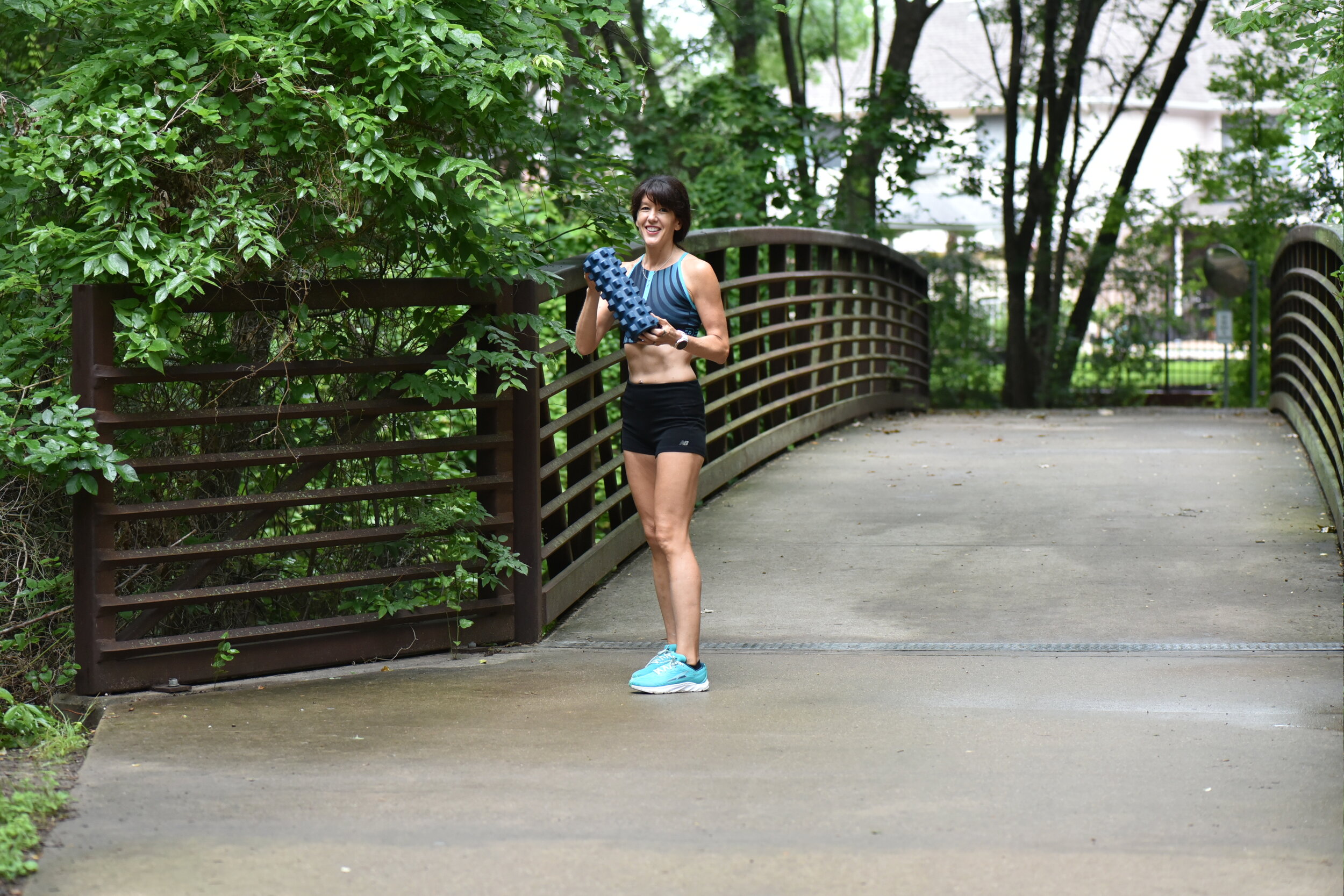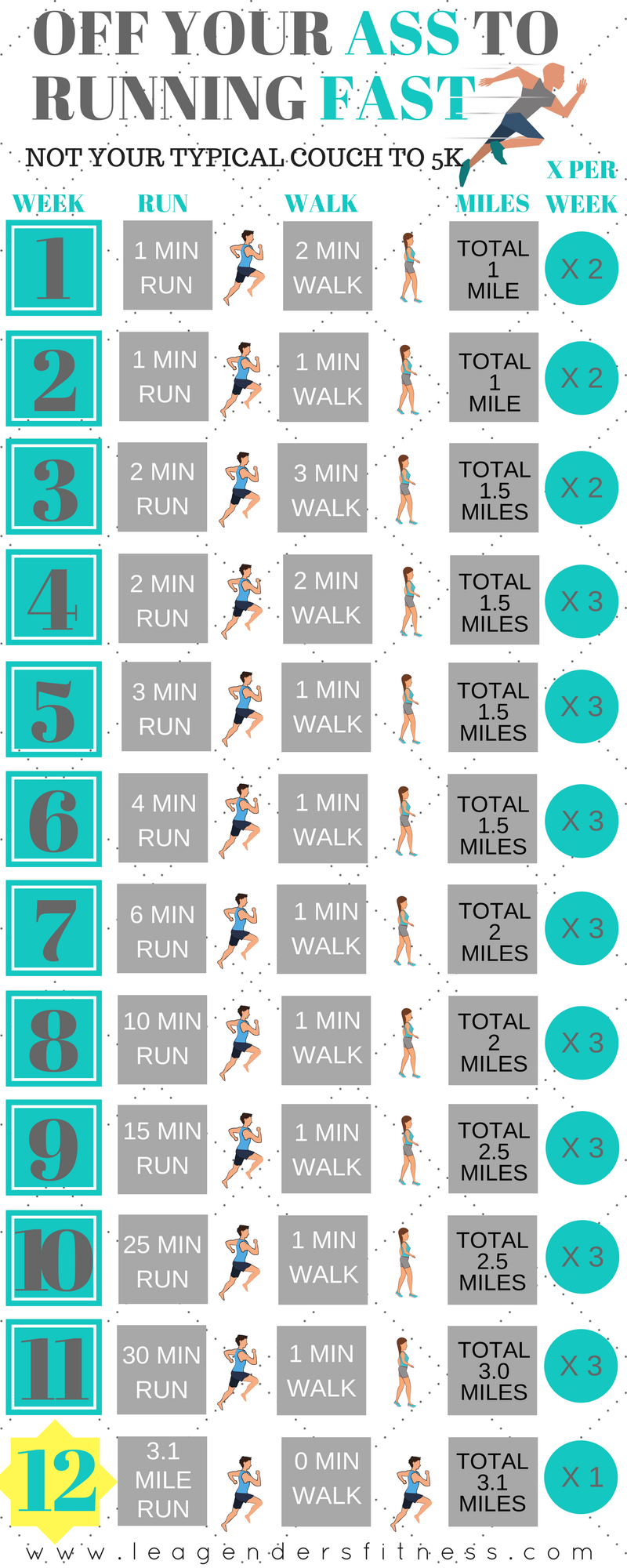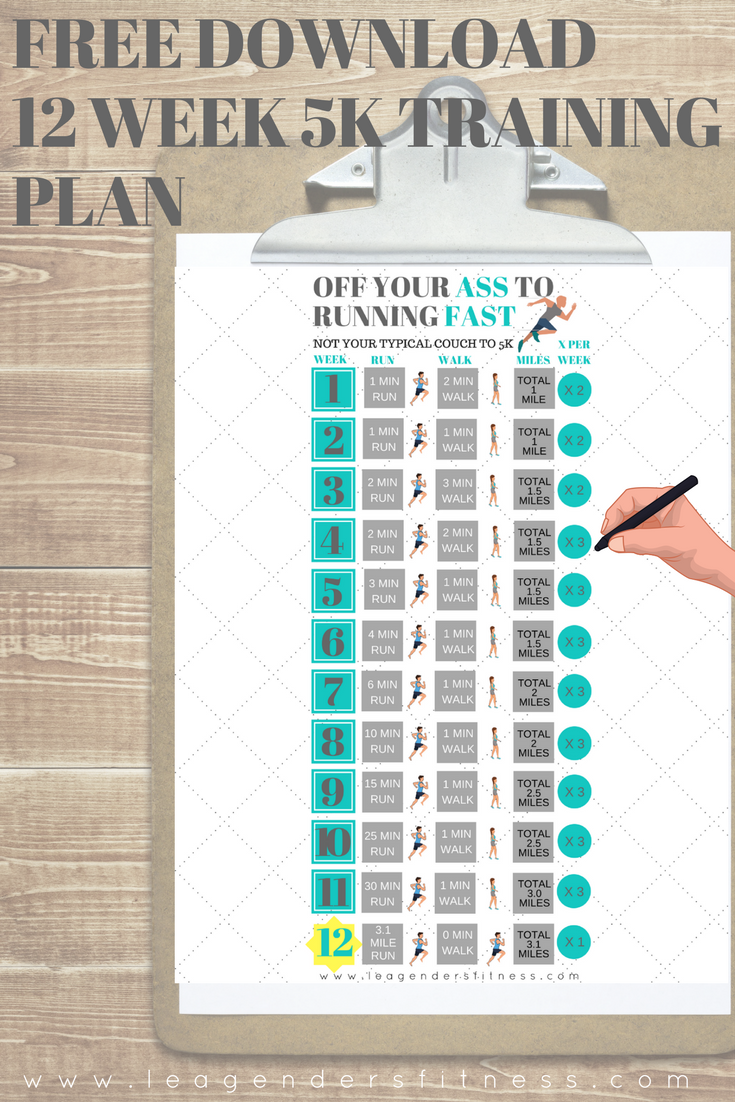THE DOs of STRENGTH TRAINING FOR RUNNERS
Do include exercises in all planes of motion
When we run, we are moving in one plane of motion (the sagittal plane, forward and backward). When we pound out the miles week after week we can develop muscle imbalances because we don't develop strength in the other planes of motion, which can lead to injuries. The best way to injury-proof your running is to include strength exercises that include lateral and rotational exercises to cover the frontal and transverse planes respectively. Try incorporating side lunges, curtsy squats, one leg lift and chop and plank to side plank.
Do full body exercises at least twice a week
For best results, do full body exercises at least twice a week. This can be two 30 minute sessions or four 15 minute sessions. Any less than twice a week, you won't get the full benefit of the strength work (although I will argue that something is always better than nothing).
Do single leg and balance exercises
Runners benefit greatly from unilateral (single leg) exercises like single leg deadlifts, lunges and single leg lift & chop. When we run we are repeatedly balancing on one leg at a time over the miles. When we build single leg strength and develop strong balance our running performance will improve.
Do multi joint exercises
We want to get the most bang for our strength training buck so we can get it done and get back on the road, right? Multi-joint exercises are more effective and efficient because they work multiple muscles in one exercise. Squats, deadlifts and lunges are all great examples. Skip the bicep curls and the leg extension machine and choose multi joint exercises instead.
Do be consistent
Strength training only works if you do. If you do your exercises one week, but then skip two weeks, you won't see the full benefit of your work. It's more important to be consistent than anything. Even if you can just do 10-15 minutes at a time, work to maintain consistency in your strength training.
THE DON'TS OF STRENGTH TRAINING FOR RUNNERS
Don't neglect your upper body
It may seem like that as runners we only need to build a strong lower body, but strong arms, back and shoulders power our stride and provide stability for our running form. Push ups, rows and shoulders presses should be included in your strength training for runners plan.
Don't spend hours in the gym
Don't waste any time in the gym. Runners do best to work in a circuit fashion, which means to move from one exercise to the next with little to no rest between exercises. Complete a set of exercises moving between lower body and upper body movements. For example, perform a set of single leg deadlifts, followed by a set of push ups, followed by a set of rows and finish up with lateral lunges. Once you complete all the exercises, take a brief break and repeat the circuit one or two more times. Bodybuilders need long rest periods between sets, runners do not. More quickly, but slow enough to keep proper form.
Don't do hard running workouts and strength workouts in the same day
If you run hills, intervals or a long run and then attempt a strength workout, your strength workout will suffer and you could end up injured, overtrained or burned out over time. It's better to schedule strength training on days that you are not running, or on easy effort running days. I will do a strength training session in the morning of a day that I have an easy three mile run on the schedule. Never do strength training and running on the same day if the total workout is more than an hour and a half. At that point, the risk for injury starts to become greater than the benefit of the workouts.
Don't ignore pain
No pain no gain is bull crap. Push through discomfort, push through breathing heavily, push through muscle burning, never ever ever push through physical pain during running or strength training. Pain is your body signaling you that something is wrong. Always listen to pain. Learn to tell the difference between feeling pain and feeling discomfort.
Don't neglect rest days
I know it can be challenging to fit everything in: the miles, the strength training and the rest. Always take at least one full rest day a week (sometimes you may need two or even three). If you have to cut something out of the schedule to make it work, never cut out the rest day. We adapt to exercise (get stronger and faster) during the rest periods after the workout, not during the workout itself. If you don't allow your body the proper time to recover you won't see the full benefits of your hard work. I know that sometimes for runners, the rest is the hardest part, but it may just be the most important day of your training schedule.
Got it? Good. Need more help or individual attention? If you live in Fort Worth, at the time of this post, I have openings for strength training sessions to improve running performance and fat loss. Live outside of Fort Worth? Contact me to learn about how we can work together online.
Like this post? It helps me when you share with your friends and followers.



























Runners who strength train are stronger, faster, and less injury-prone! While focusing on runner-specific exercises, I’ll show you the benefits of resistance training with one piece of equipment—a kettlebell. This program is five weeks of progressive workouts that take about thirty minutes each, two to three times per week.